If you buy through our links, we may earn an affiliate commission. This supports our mission to get more people active and outside.Learn about Outside Online's affiliate link policy
Ask A Gear Guru: What Do I Need for Open-Water Swimming?
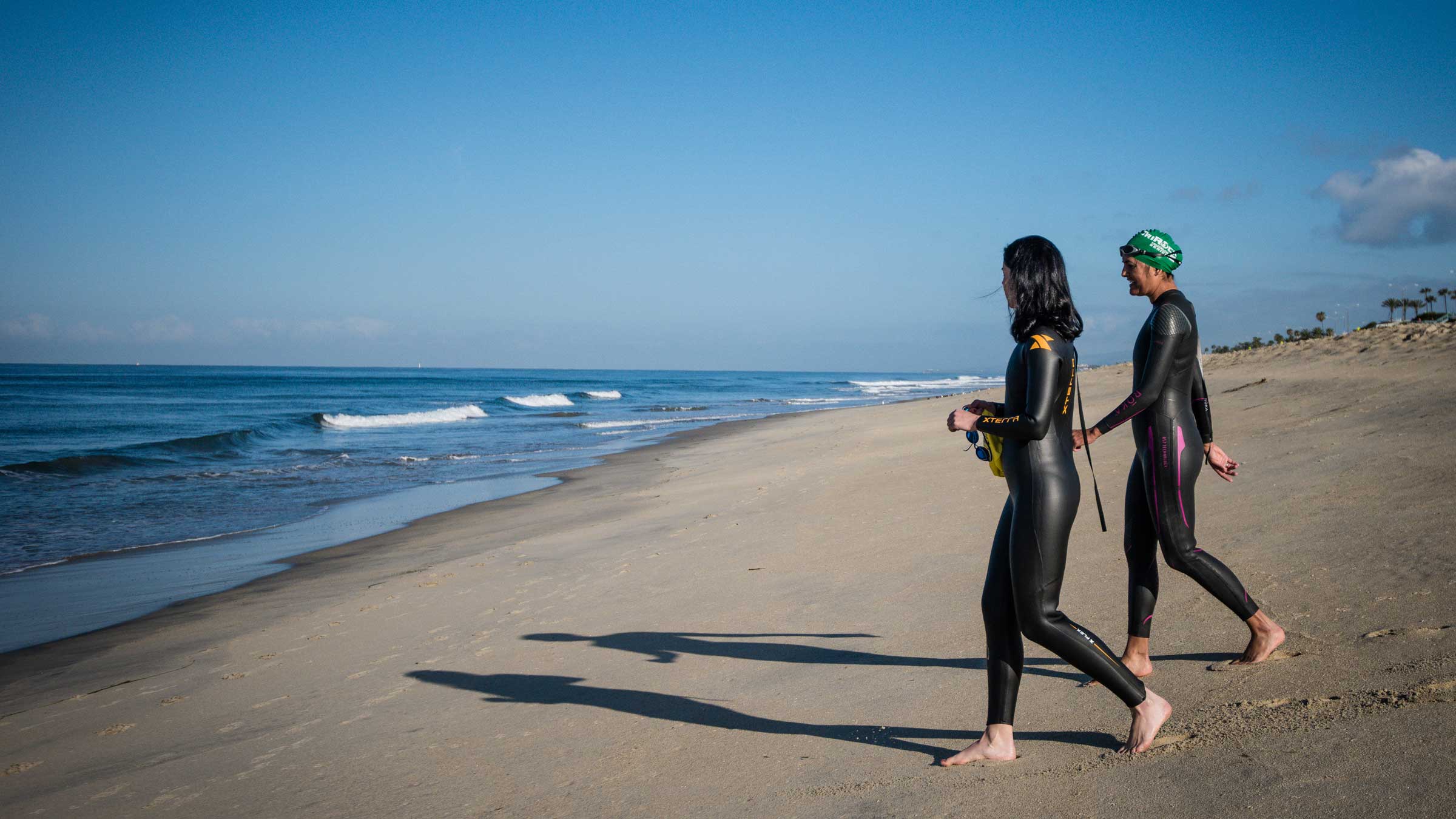
Open water safety is essential. Here's what you need for ultimate safety and some top tips.
We’ve said it before, and we’ll say it again, “Open-water swimming is hands-down the best way to get more comfortable, stronger, and faster in the swim leg of a tri.” Yes, you could argue that form/drill work is trickier in the open water and probably better done in a pool, and yes, you could say that getting precise interval workouts are tougher in the open water, but we’ve even created a pool workout/open-water workout translator to help you with that. Also, with the proliferation of inexpensive, open-water capable smartwatches, not having a pool clock is no longer a good enough excuse. Long story short: Nothing makes you better at triathlon open-water swimming more than open-water swimming itself – but of course safety in the open water is important too.
But not everyone likes the open water, and of course, not everyone has access to it either. Sadly, the latter of the two issues can’t be solved without a realtor, but the former obstacle can be overcome. One of the best ways to start liking open-water swimming is to become more comfortable with it, and aside from simply spending more time out there, making sure you’re safe will go a long way. That said, even if you already love open-water swimming, it’s super important that you’re careful – especially when swimming out in nature that can often be unpredictable and/or not monitored by a lifeguard. So if you want to get faster in the swim leg at your next tri, first make sure you’re safe in the open-water, learn to love “the openness,” and then spend more time out there.
Below, we cover some open-water safety tips and then get to some open-water safety products you might not even know you needed (or existed!).
What’s the number-one way to stay safe in open water?
Easy: Swim with a buddy. Though it’s not always possible, swimming with a friend – or better yet, a group – is by far the best way to stay safe in the open water. Obviously, it means you’ll have someone watching, making sure everything’s OK, and you’ll have another set of lungs to call for help if the need arises. It is important, however, that you swim with someone at a similar speed or who’s OK with checking up from time to time or stopping to regroup. If your partner takes off a few hundred meters ahead of you right from the beginning, it’s not going to do you much good if you get into trouble. Even if you don’t have someone who can swim at a similar speed, having a pair of eyes on shore (or in a kayak or stand-up paddleboard) can be as good, if not better.
What about temperature and open-water safety?
If you’re new to a body of water, it’s super important that you do your homework. What’s the water temperature? If it’s under 75 degrees F, you’ll likely want a wetsuit. If it’s way over that, a full-sleeved wetsuit could actually become a liability as you could overheat – you’ll likely want a sleeveless suit. If it’s under 60 degrees F, you’ll need a wetsuit for sure and some special equipment that goes above and beyond the standard swim/tri wetsuit (neoprene cap, booties, maybe gloves, maybe a thermal wetsuit). Under 50 degrees is basically a no-go situation.
Related: Ask A Gear Guru: Should I Wear A Sleeved or Sleeveless Wetsuit?
Get some “beta”
Before you head out, be sure to talk to area experts. This could be a local tri club that swims in the area, or even a park ranger or lifeguard who’s familiar with the water. A nice, placid lake with clean-looking water could have a very rocky or dangerous bottom; an ocean shore with mild surf could have riptides only an experienced lifeguard could identify. As a bonus, by talking to the lifeguard, you’ve got their attention, and you’ve given them the understanding that you’ll be out there swimming more than your regular sunbather – this could help keep their eyes on you and simultaneously prevent any undue concern/confusion. Finally, check to be sure the water you’re about to get into is public or you have the permission of the shore’s landowner – nothing spoils a swim faster than a shotgun blast overhead!
What else should I know?
The reality of open-water swimming is that conditions can change – particularly if you’re in a larger body of water like the ocean or a Great Lake. Especially if you’re in an area that’s prone to sudden thunderstorms, be sure to check the weather forecast, as lightning and open-water swimming do not mix. Also, be sure you’re a strong enough swimmer to do your prescribed distance without being able to hold onto a wall or touch the bottom – work on your treading water skills before you get too far out.
While water life is also something to take note of, unless you’re in an area that’s notorious for snakes or sharks (OR BOTH!?), you probably have a better chance of getting hurt walking into the water than getting attacked/bit by something once you’re in.
Let’s take a look at some of my favorite open-water bits of gear:
Quintana Roo Swim Safety Buoy
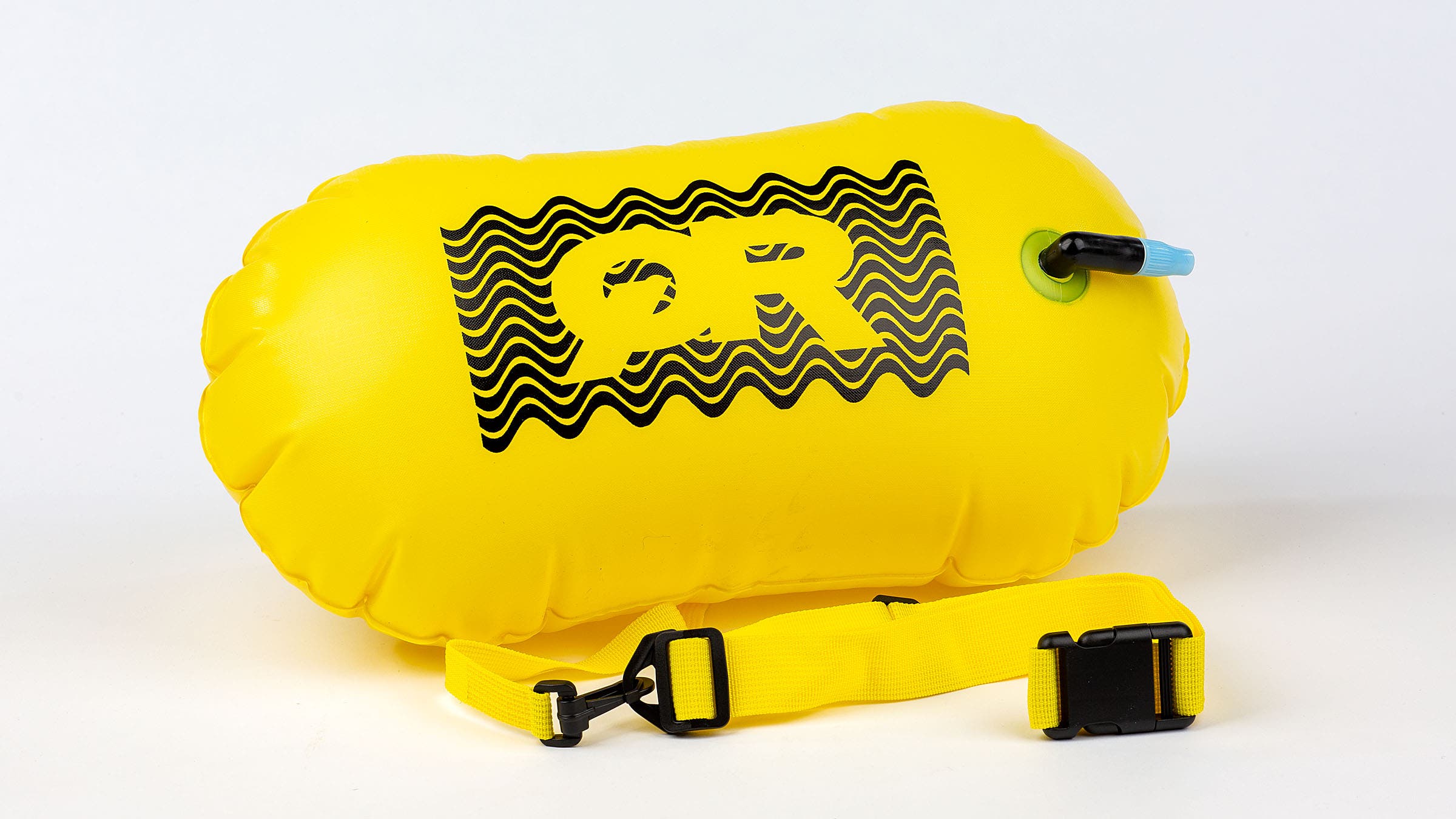
Just like you would never train on the bike without a helmet, you should never train in the open water without a safety buoy. This helps make you more visible to others out enjoying the water, while also serving as a flotation device should you find yourself in duress. It’s easy to inflate/deflate for simple storage and fast use. There’s basically no downside to using it.
New Wave Fluorescent Green Silicone Swim Cap
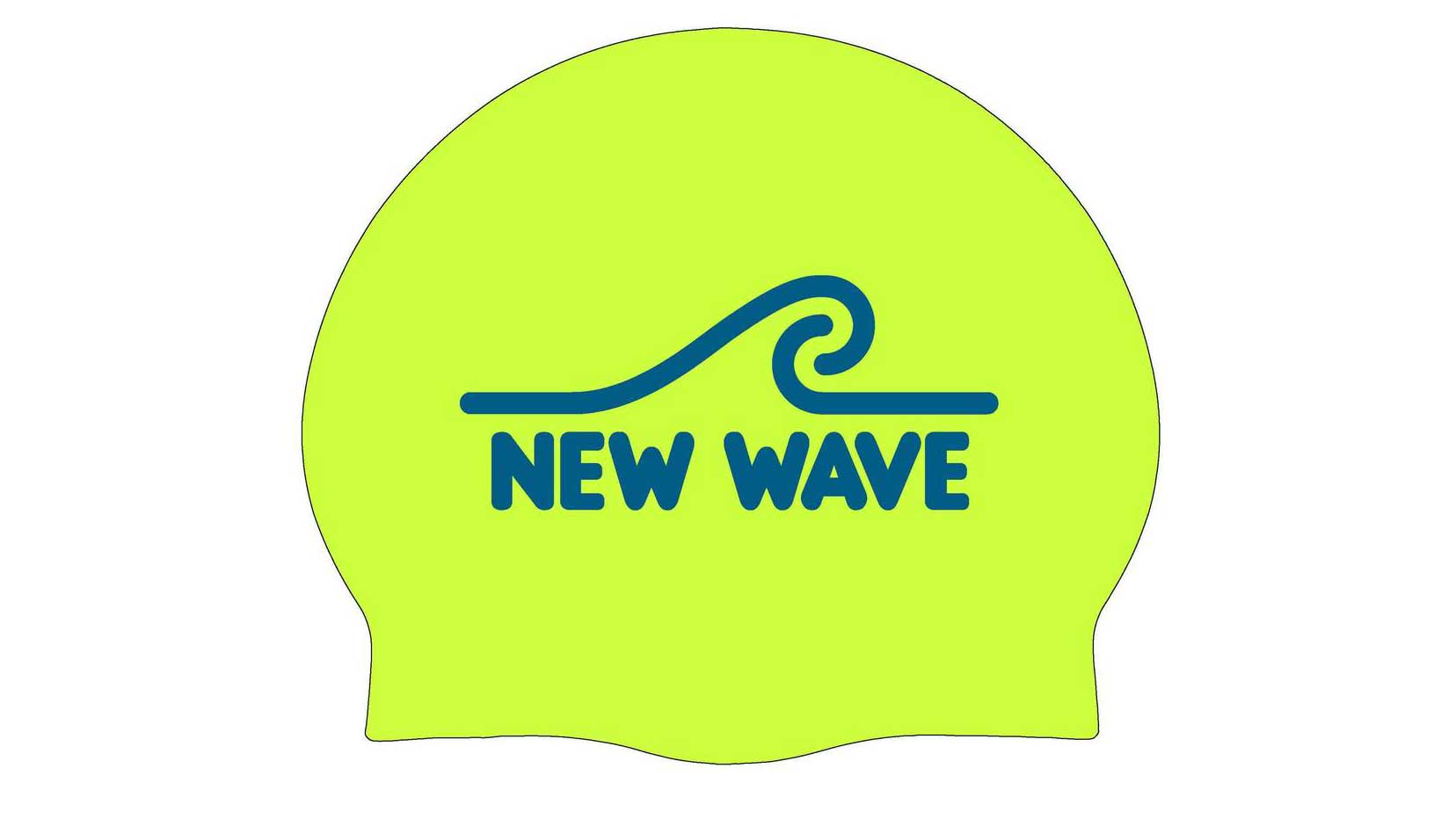
A super highly visible swim cap is a must have if you’re going to be swimming in the open water. It’s important that you don’t simply wear an old white race cap, or – worst case – something black, blue, or green because boaters can easily mistake you for a natural water feature like a small crashed wave. Your best bet is to get something completely unnatural-looking like this green one or a neon orange one that resembles a buoy (boaters don’t usually like hitting buoys).
Roka X1 Goggle
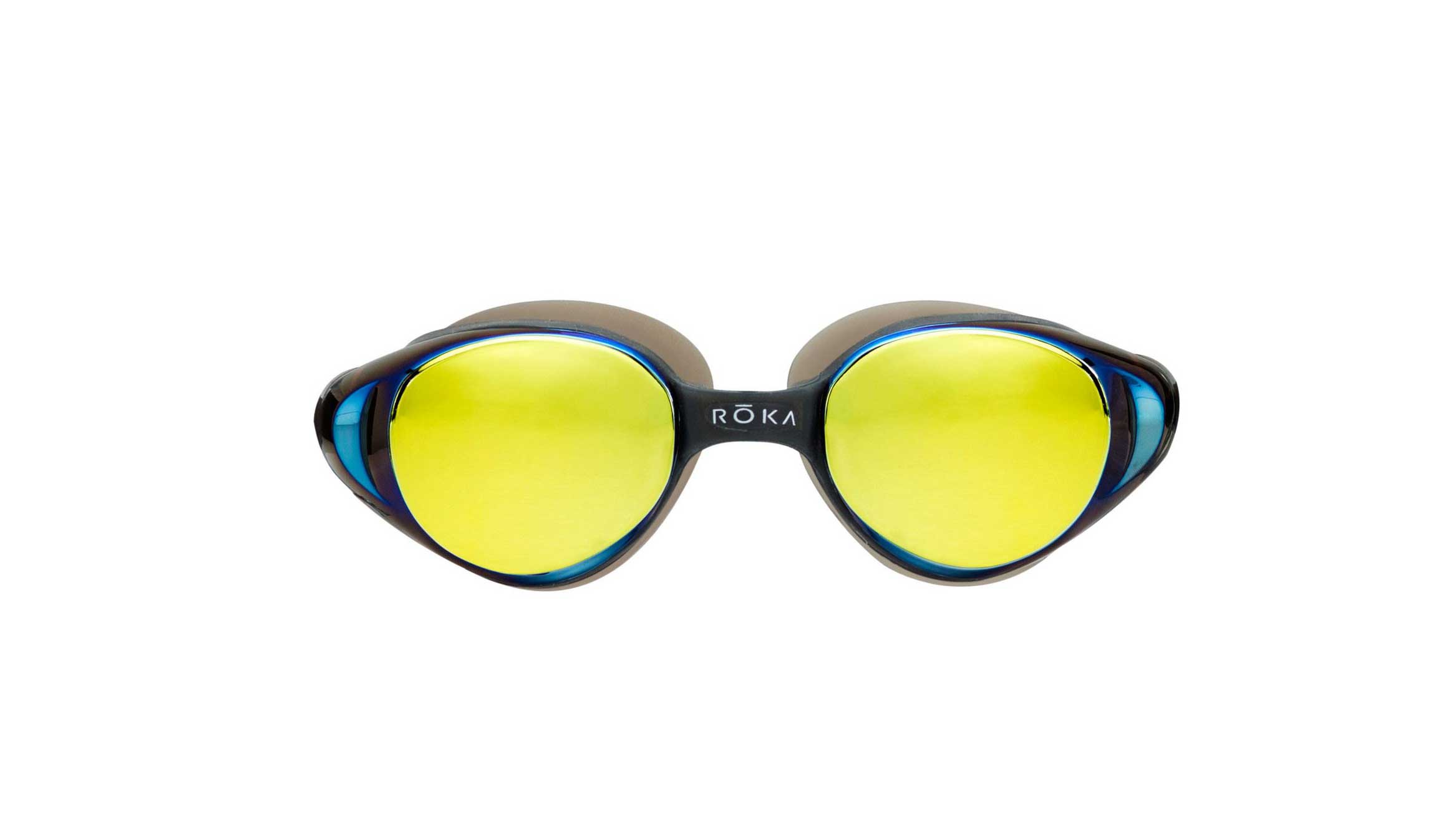
OK, obviously you need goggles to swim, but in the open water, you need a pair that has a wide range of peripheral vision and you need to make sure you replace them more often than your pool ones. Visibility in the open water is essential to safety – whether it’s sighting properly to shore, avoiding obstacles, or seeing through quickly changing bad conditions like fog. Good goggles are actually a huge safety asset, so get a high-vis pair (like the clear, cobalt, or light amber) and a dark pair (like the dark grey mirror or dark amber mirror), and bring both with you whenever you head out to the open water so you can choose based on the conditions.
Restube Swim
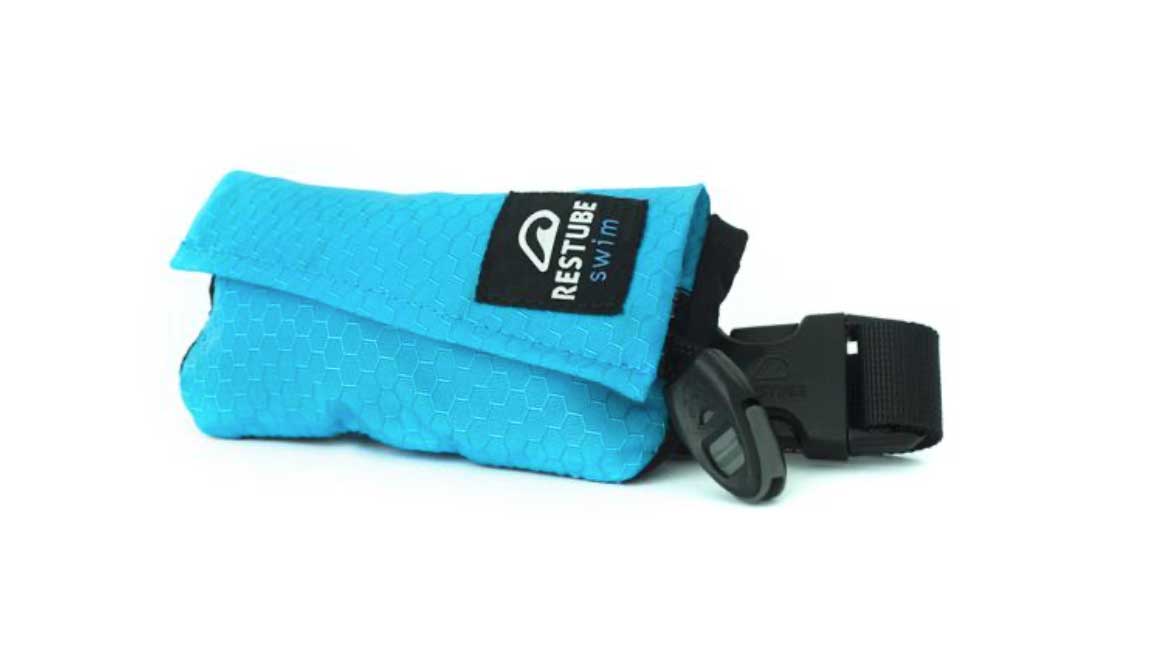
This little lightweight belt-plus-mini-fanny-pack device straps around your waist and has a pull tab that automatically inflates when you need it. More of an emergency device for you (or a swimming partner), it’ll provide enough floatation and visibility if you get into trouble. If you have a wetsuit on, you won’t be able to feel it at all when you swim, and only expect a slight hindrance if you’re just in a swimsuit. Bonus: The pull tab doubles as a whistle for extra attention if you need it.
Orca Openwater RS1 SW Wetsuit
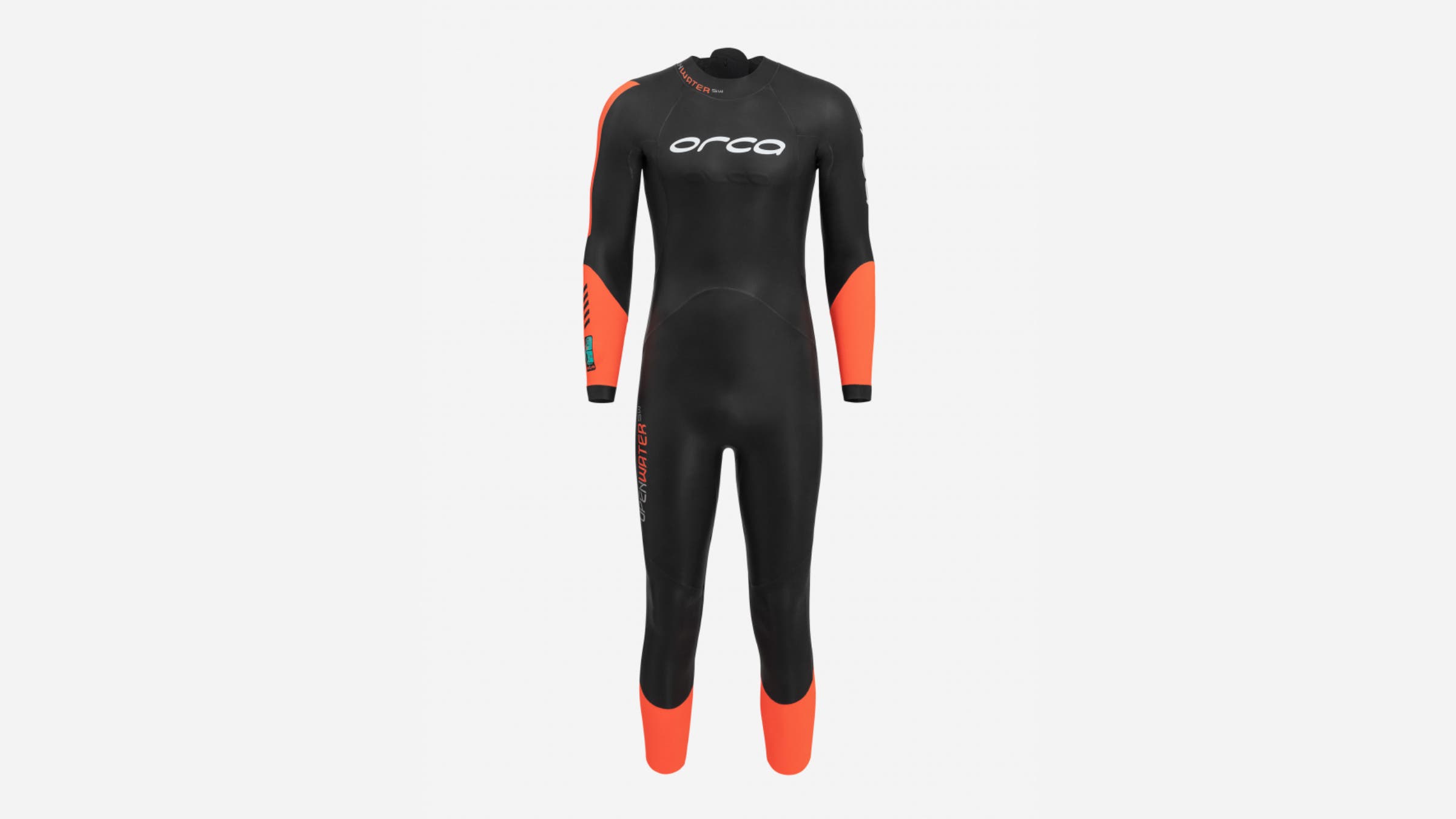
Most first-time triathletes think that you get a wetsuit because the water’s cold, and while that’s a great reason to have a wetsuit, there’s more to it than that. Staying warm is super important – if you’re in cold water for long enough, it’ll actually use up a ton of energy just staying warm – but experienced triathletes love wetsuits for their floatation. Not only will extra buoyancy help float you while you take a rest (for the floatiest wetsuit we’ve ever tried, check out Roka’s beefy Maverick MX), but it’ll also make you faster by keeping your “draggy bits” higher in the water. We like the RS1 SW because it has extra safety features like dayglo orange details on the arms and legs and a built-in attachment point for a Restube (see above) or even a safety buoy. Better yet, the RS1 SW has an NFC chip sewn into the right arm that’ll store your emergency contact information for medical professionals or if your suit gets lost!